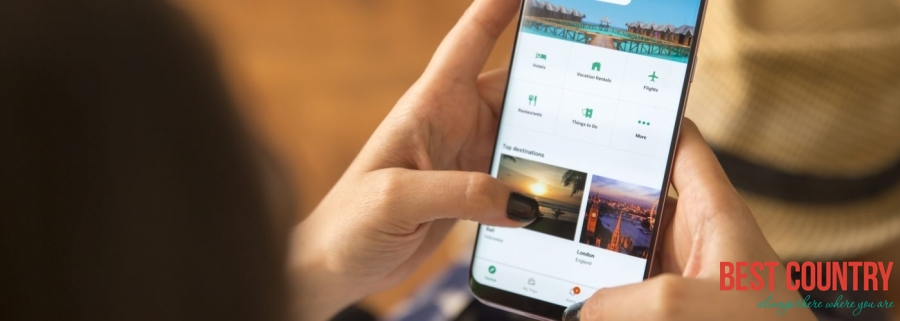Wondering what the best airlines are according to the average flyer? TripAdvisor (SmarterTravel’s parent company) gives a good idea in its Travelers’ Choice best airline rankings each year based on real travelers’ reviews. And the results are different than most trade studies that list the “best airlines.”
Singapore retains its position as the world’s best airline according to TripAdvisor users; Southwest is best in the U.S., WestJet is tops in Canada, and Southwest offers the world’s best economy class. TripAdvisor’s airline ranking report for 2019 is based on trip reports and ratings supplied by thousands of ordinary travelers. Here are the key take-aways.
The Best Airlines in the World, According to Travelers
- Singapore Airlines
- Qatar Airways
- EVA Air
- Emirates
- Japan Airlines (JAL)
- Southwest Airlines
- Azul
- Air New Zealand
- Jet2.com
- ANA (All Nippon Airways)
Airlines based in the Asia-Pacific and Gulf regions account seven of the top 10 ratings: Singapore, Qatar, EVA, Emirates, Japan (JAL), ANA (All Nippon), and Air New Zealand. Southwest, at number 6, is the only North American line in the top 10; the remaining two are Azul in Brazil and Jet2 in the U.K. The dominance of Asia-Pacific and Gulf region lines in traveler ratings duplicates the results of almost all such surveys. The big European legacy lines are notably missing.
In terms of classes of service, worldwide, Emirates offers the best first class, Qatar has the best business class, Air New Zealand had the best premium economy, and Singapore has the best economy. These results, too, are consistent with most other such rankings.
Among North American lines, Southwest is tops overall, Delta is the best major line, Alaska is best mid-size line, with WestJet and Hawaiian also earning high scores, Southwest is best low-cost line, with JetBlue also ranking high, WestJet is tops in Canada, and Cayman Airways best in the Caribbean. Southwest provides the best economy class, American is tops in premium economy, JetBlue’s Mint is the best regional business class, and Air Canada’s business class is best in the region. This part of the results also confirms many other reports: Delta seems to be emerging as a leader among the “big three” U.S. lines, and travelers generally rate Alaska, Hawaiian, and JetBlue over American, United, and well over the ultra-low-fare gang.
What’s Different
Overall, the list contains few surprises. That’s to be expected, since so many “best” rankings rely on similar types of volunteer traveler comments that TripAdvisor uses. But I see a few details that may not be apparent in other compilations:
- TripAdvisor ratings are obviously a conflation of traveler experiences with both hard product (seat space, configuration, connectivity, and such) and soft product (cabin service, meals, and such). A scanning of comments posted with the rating entries would seem to indicate that soft product is very important to travelers: many “five globe” comments zero in on friendly cabin attendants and food service rather than seat comfort and space.
- Southwest’s “two bags free” policy looms large as a factor in its highly favorable customer satisfaction level. Travelers can hope that results such as these will help Southwest resist Wall Street urgings to start charging for checked baggage.
- Ratings for the domestic major lines are likely skewed downward by the facts that (1) both soft and hard products on almost every line are better on long-haul flights than on short flights, and (2) a much higher percentage of traveler reports are likely to be based on short flights for the U.S. major lines than for foreign lines.
The TripAdvisor ratings also include two “huh?” results:
- American’s high rating for premium economy seems odd, in that it has only recently installed premium economy, and so far only a few of its long-haul planes have premium economy cabins.
- Neither JetBlue nor Southwest should be categorized as a true low-cost airline. JetBlue should really be grouped with Alaska and Hawaiian as a small network airline. And although Southwest is unique in being a single-class line with its own fare policies, it certainly is no longer in the low-fare group.
Most travelers probably use airline ratings as tie-breakers when fares and schedules on more than one line are suitable. But for really long flights, passenger experience ratings for both hard and soft product may well overcome minor fare and schedule differences for many travelers.
Readers: Which contenders surprised you?
